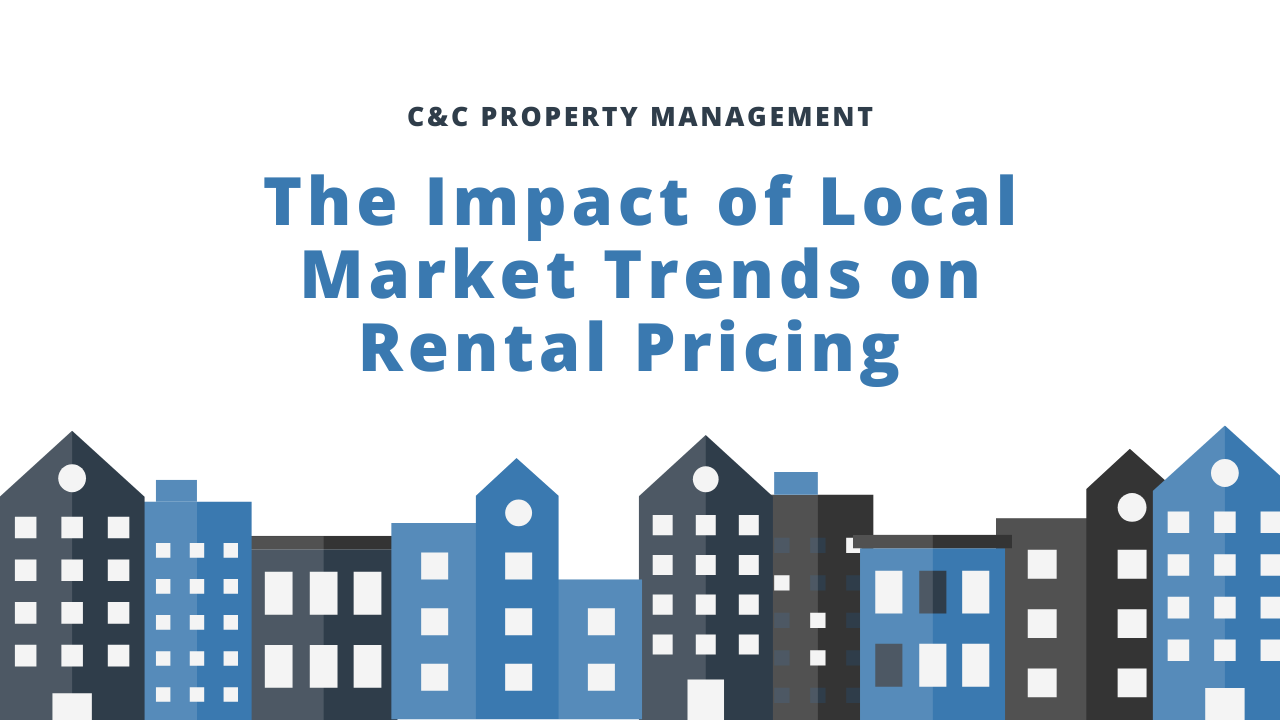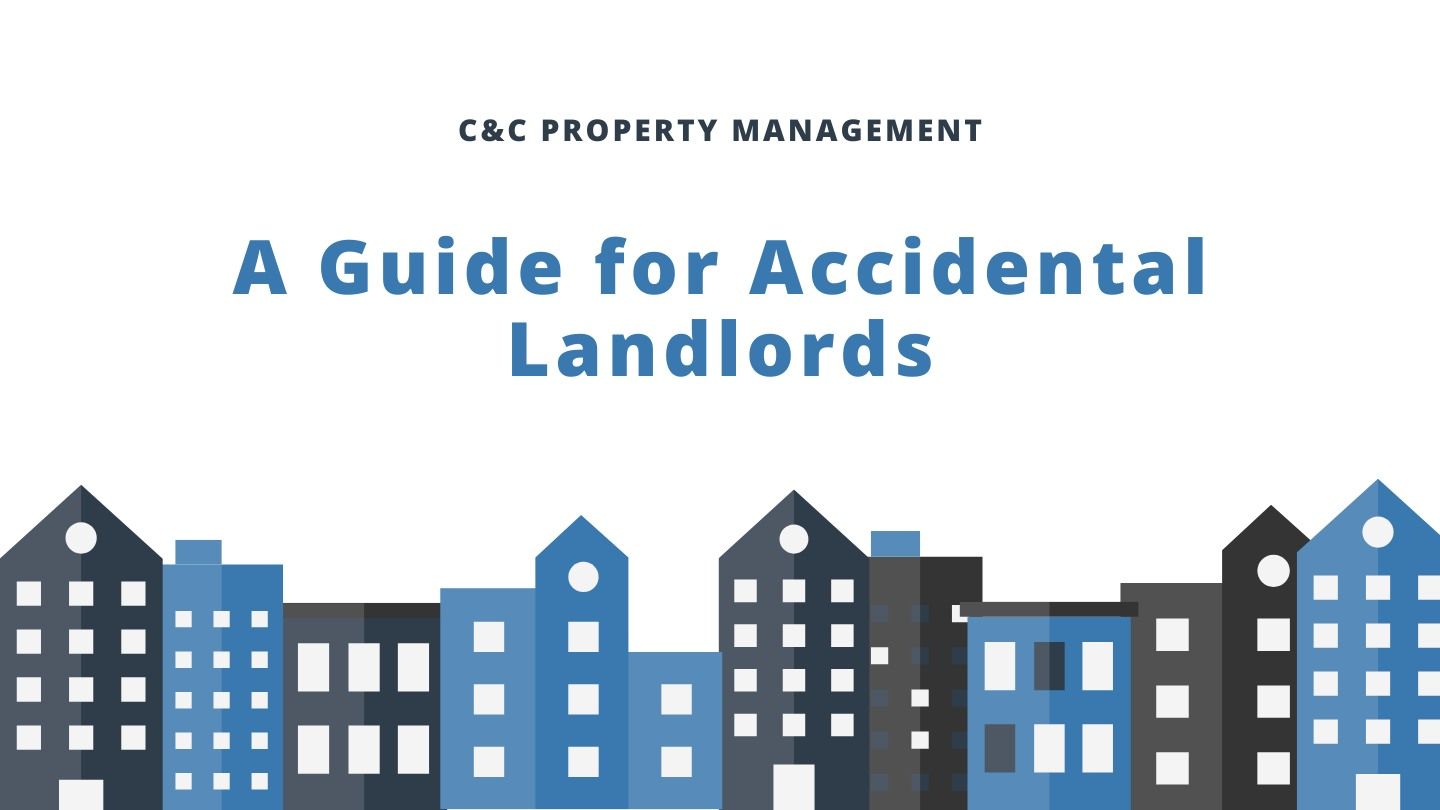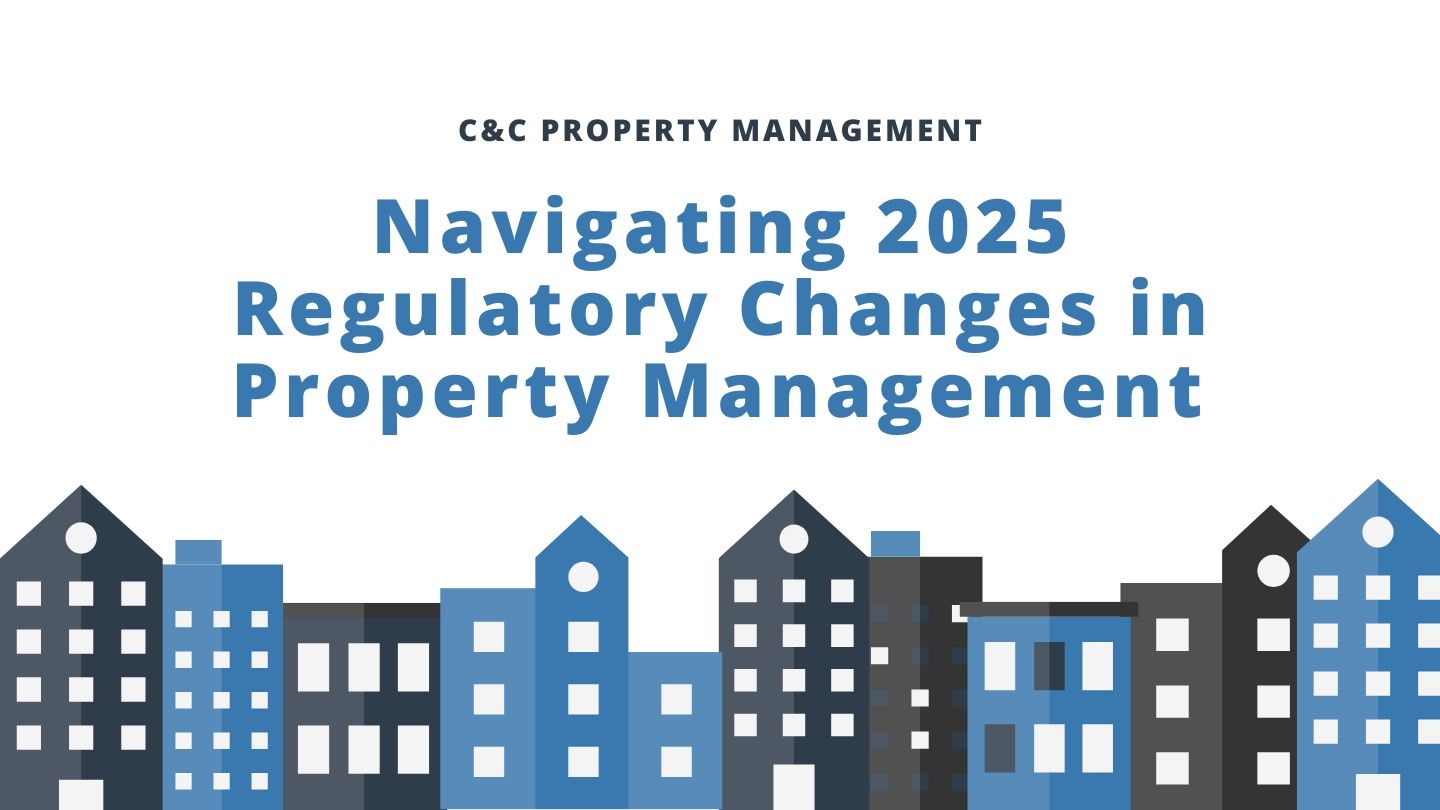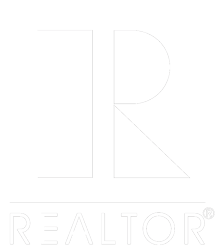12 Tips to Keep Your Vacation Home Mold-Free Year Round
12 Tips to Keep Your Vacation Home Mold-Free Year Round
A part of preventing mold from spreading is understanding the signs of a mold outbreak in the first place. Unfortunately, mold and mildew don’t show themselves in a big way. Rather, it sneaks into your home and starts to take up residence with your guests.
For this reason, it’s imperative that you know the signs of mold in your vacation home before it’s too late. We can observe mold and mildew problems in two ways: evidence throughout the house and side effects felt by people. The signs of mold might include:
- Unusually damp areas
- Stains or greyish discoloration on the walls and ceiling
- A musty odor
- Staining of the furniture
- Wallpaper peeling
- Wood rotting
- Visible growth
How to protect your vacation rental from mold
1. Start with remediation
If you already have mold, it will continue to spread if not dealt with. And while it is possible to clean a small area of mold yourself, once it spreads, you need to get professional help.
Mold remediation is a process in which a professional company will come out, assess the problem, and help you determine a plan of action. This may involve tearing out mold-affected areas, cleaning mold off surfaces, and helping to stop the spread of mold.
By beginning your mold prevention plan with remediation, you start with a clean slate. This can help prevent a more serious problem, where mold may be growing in places you can’t see.
2. Monitor humidity levels
Mold grows best in damp areas and very humid spaces. If you’re able to monitor the humidity levels in your home, you can help catch mold before it starts to grow. Mold begins to grow at indoor humidity levels that rise above 60%.
3. Install a dehumidifier
If you notice that you have consistently high humidity, one way of reducing it, and thereby reducing mold growth, is to install or use a dehumidifier.
Dehumidifiers dry out the air, condensing the moisture and removing it, so your overall humidity levels are lower.
If you happen to notice that you’ve got higher than the recommended humidity levels in one or more areas of your home, or if you’ve dealt with mold before, a dehumidifier can go a long way toward preventing its growth, even on a rainy day or when the humidity levels outside are high.
4. Add attic ventilation
Your attic humidity levels may be higher than the levels in the rest of your home. This is because warm air rises from the living area below, and gets trapped up in the attic where it condenses. This can lead to mold and mildew beginning to grow in your attic.
What you need to do to prevent this is to get the air moving in the attic by installing proper ventilation, which includes a ridge vent and attic fans to circulate the air. As air moves naturally through the attic, it will pull the humidity out with it, helping to prevent mold.
5. Install a bathroom fan
Just as attic ventilation is designed to deal with the risk of moisture there, bathroom fans are designed to help remove moisture from the air in this area as well.
A bathroom vent will pull the steamy, moisture-laden air out of your bathroom and vent it safely outside your home. This is ideal for bathrooms that don’t get natural ventilation, such as a window, which can mean that they stay damp for long periods of time, resulting in mold growth.
A bathroom fan or vent can help get the moisture out of the air, which will speed drying time for everything inside, including towels, tiles, and floors.
6. Keep water away from your home
If your home is in a low-lying area, is in an area that sees heavy rainfall, or has had water infiltration in the past, you may want to invest in a system that can help redirect groundwater away from your home.
7. Install mold-resistant materials
Some materials grow mold better than others. If you have problem areas that see a lot of mold growth, consider installing materials there, such as water-resistant wallboard, that can help prevent mold growth.
There are also primers that can be applied to surfaces below paint that can also inhibit mold growth. This is a good solution if you’ve had mold in the past and are attempting to prevent an issue from occurring again.
You can use things like the wallboard beneath tile in a shower or for basement walls, while materials like porcelain flooring can be a good option for inhibiting mold growth on ground surfaces.
8. Clean and repair gutters
Rain gutters are an important part of keeping your home moisture and mold-free. Make sure they’re in good working order to prevent water from backing up under your roof and causing attic mold growth.
Gutters need to ideally be cleaned at least twice a year. Many people know to clean them in the fall, but evergreen trees lose their needles year-round, and can be one of the biggest causes of gutter clogs, so make sure you clean them twice yearly and have them inspected at the same time for the best results.
9. Use moisture management house wrap or insulation
If putting new siding on the home, make sure that the house wrap or insulation material used on the building envelope is designed for moisture management to let water vapor escape. This prevents mold from growing in walls.
If the wrap or insulation is not designed for moisture management, they may trap water vapor inside your walls, which can lead to condensation and later mold growth.
If you live in an area that also sees heavy rain, a rain channel wrap can be further protection, keeping water out of your walls where it may collect behind the siding.
10. Periodically dispose of mold-prone products
Remember that mold and mildew thrive in a wet environment. Disposing of products that feed mold helps to eliminate any future issues of a spread. What products should be thrown away or are considered disposable? Here’s a list of a few:
- Sponges
- Shower loofahs
- Hand towels
- Wooden cutting boards
- Indoor plants
- Air filters
Of course, mold is infamous for growing in all corners of the home, but these house items are common suspects for harboring mold and are an easy, preventive measure for maintaining a mold-free home. Depending on the humidity and moisture in your home you might want to throw out some of these items, like kitchen sponges, after every reservation or seasonally do a quick check, like the rims of your indoor plants.
11. Avoid carpeting mold-prone zones
Carpets can be the friend of mold and the enemy of cleanliness. Due to its porous texture and many hiding spots, carpeting can hold and spread mold much easier than other flooring alternatives like wood or tile. This isn’t to say that it doesn’t happen, as tile, for example, can frequently lurk in the caulk and in between tiles.
Rugs, shags, and throws can add style to a vacation rental but should be carefully considered. If you’re planning to add an area rug to a basement space ask yourself, “What is the upkeep of this going to look like?” or “Is my basement area too damp for a rug?” Remember too, that rugs with a higher pile are more prone to collecting mold and mildew than short-pile rugs.
12. Add mold checks to your vacation rental inspection checklist
The best way to prevent mold from spreading throughout your vacation rental is by conducting thorough checks. There are a number of inspection checkboxes that you can add that are mold-specific and effective. Periodically switching out your air filters, checking the functionality of a home’s dehumidifier, and doing a thorough scan of all surfaces will help to keep mold and mildew out of your short-term rental.
Some tips!!!
French drains help to channel water away from your foundation and sump pumps, which help get rid of water that has entered can both keep your basement or ground level floor dryer. This will help inhibit mold growth that often follows heavy rain.
You want to keep your indoor levels between 30% and 50% for the best indoor conditions. If you notice that you have areas that are consistently rising above 60% humidity, you can take further steps to prevent mold in those areas.
Possible spaces you’ll want to keep an eye on including your attic, basement, and crawl spaces, as well as your bathrooms and other damp areas of the home.
